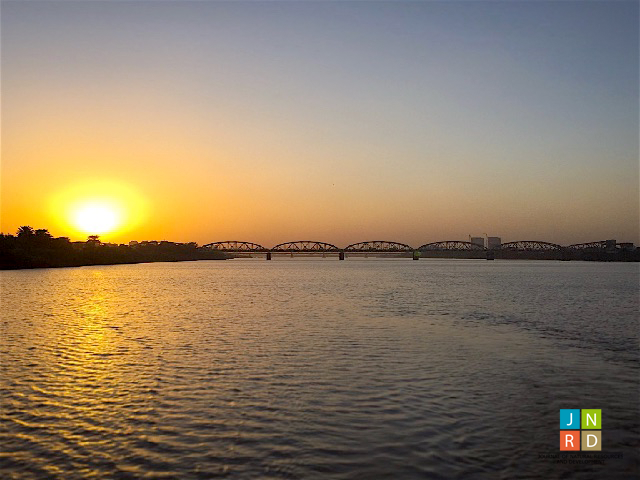The Role of Trust-building in Fostering Cooperation in the Eastern Nile Basin: A Case of Experimental Game Application
Main Article Content
Abstract
Escalating tension and a sense of mistrust currently prevail between downstream and upstream countries in the Nile Basin over Ethiopia's construction of the Grand Ethiopian Renaissance Dam (GERD). Striving for self-sufficiency in hydropower generation, Ethiopia has initiated a new series of upstream reservoir construction projects, with the GERD being the largest, and this may affect the water availability in downstream countries of Egypt and Sudan. This paper examines a set of compensation options to induce cooperation through trust-building, possibly minimizing uncertainties in water allocation decision-making and simplifying complex inter-relationships in the basin using laboratory game experiments. The game was developed and conducted using hydro-economic modeling of the basin with GAMS software, an expert survey with the SPSS program and Z-tree software to design and analyze the laboratory experiment. This paper presents the results of the laboratory game experiment where the Eastern Nile Basin scenario was modeled as a multi-round, adjusted trust game with non-binding deals among players. The results suggest that the "win for all" situation may be reached through a stable integrative, cooperative framework. Building the enabling environment, in particular, transparency, knowledge, trust, and confidence among riparian states is the first step in developing transboundary cooperation. Basin-wide cooperation requires a transparent environment including a variety of compensation options, institutional changes, and incentive-compatible considerations.
Article Details
Issue
Section

This work is licensed under a Creative Commons Attribution-NonCommercial-NoDerivatives 4.0 International License.

